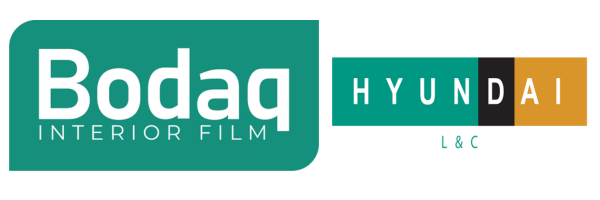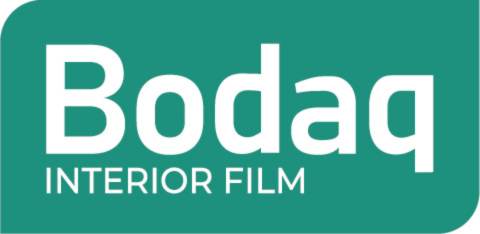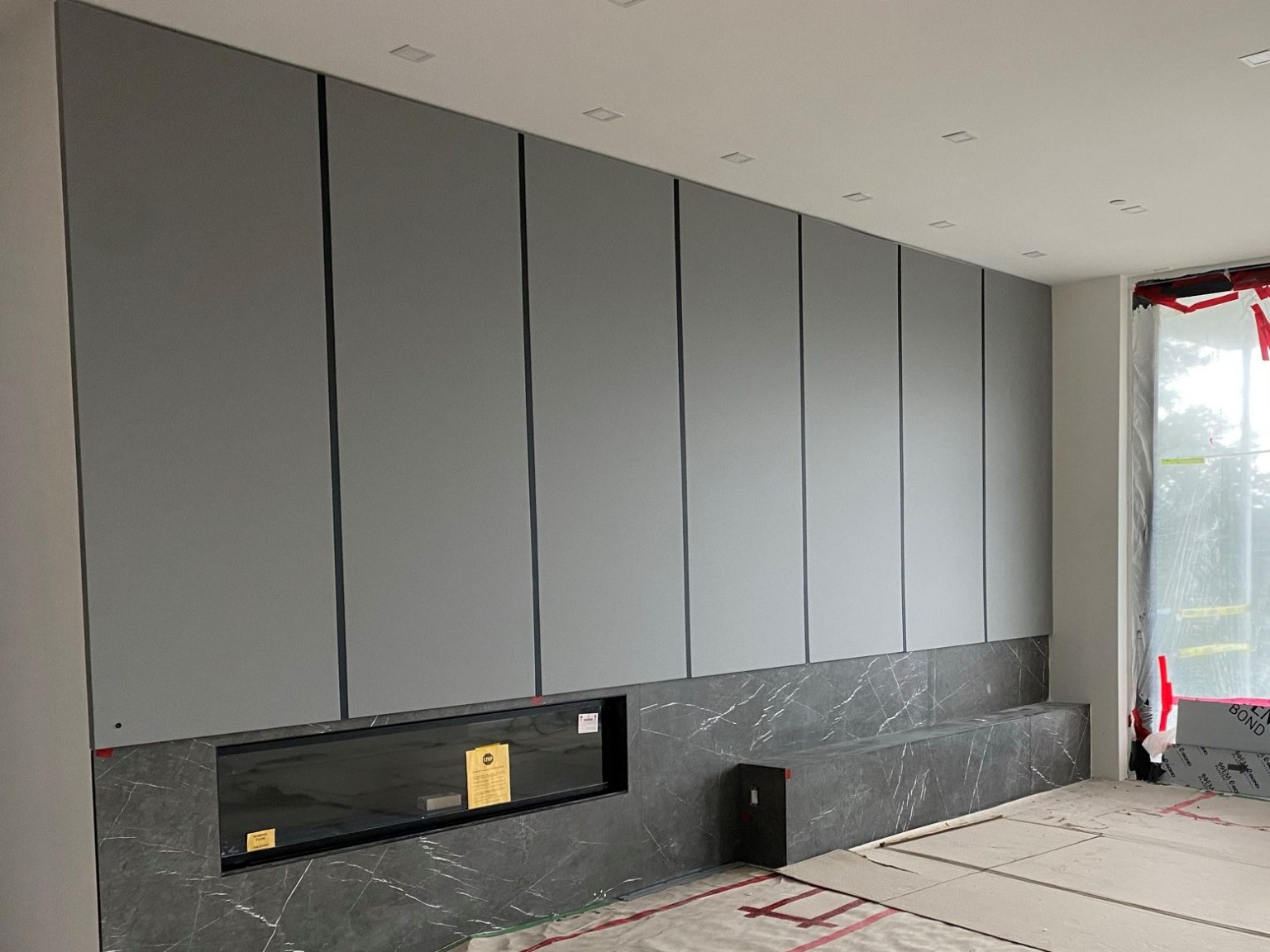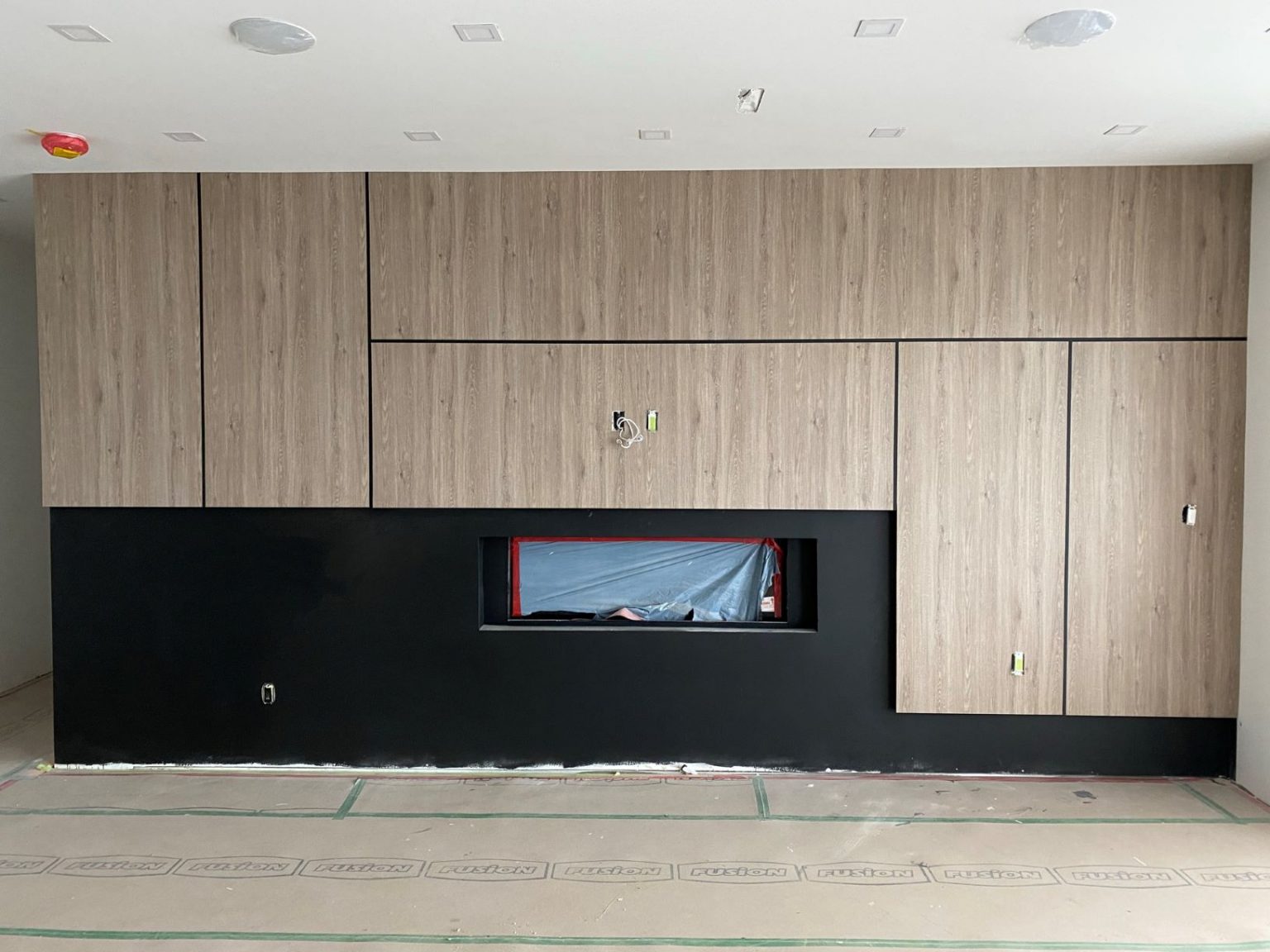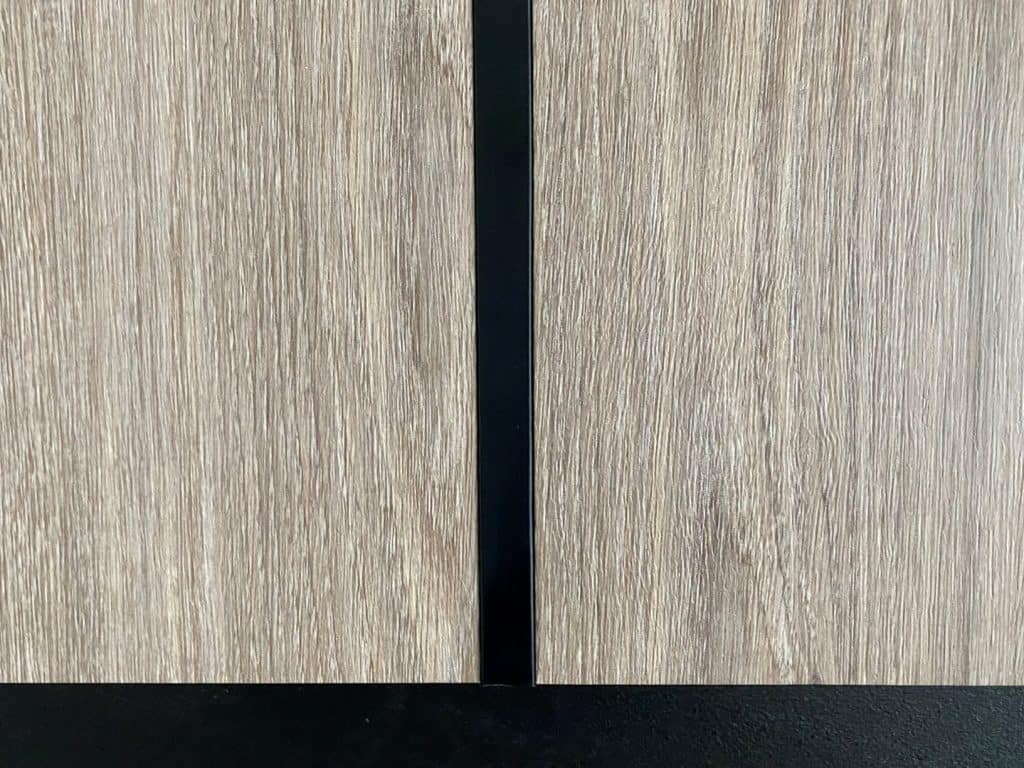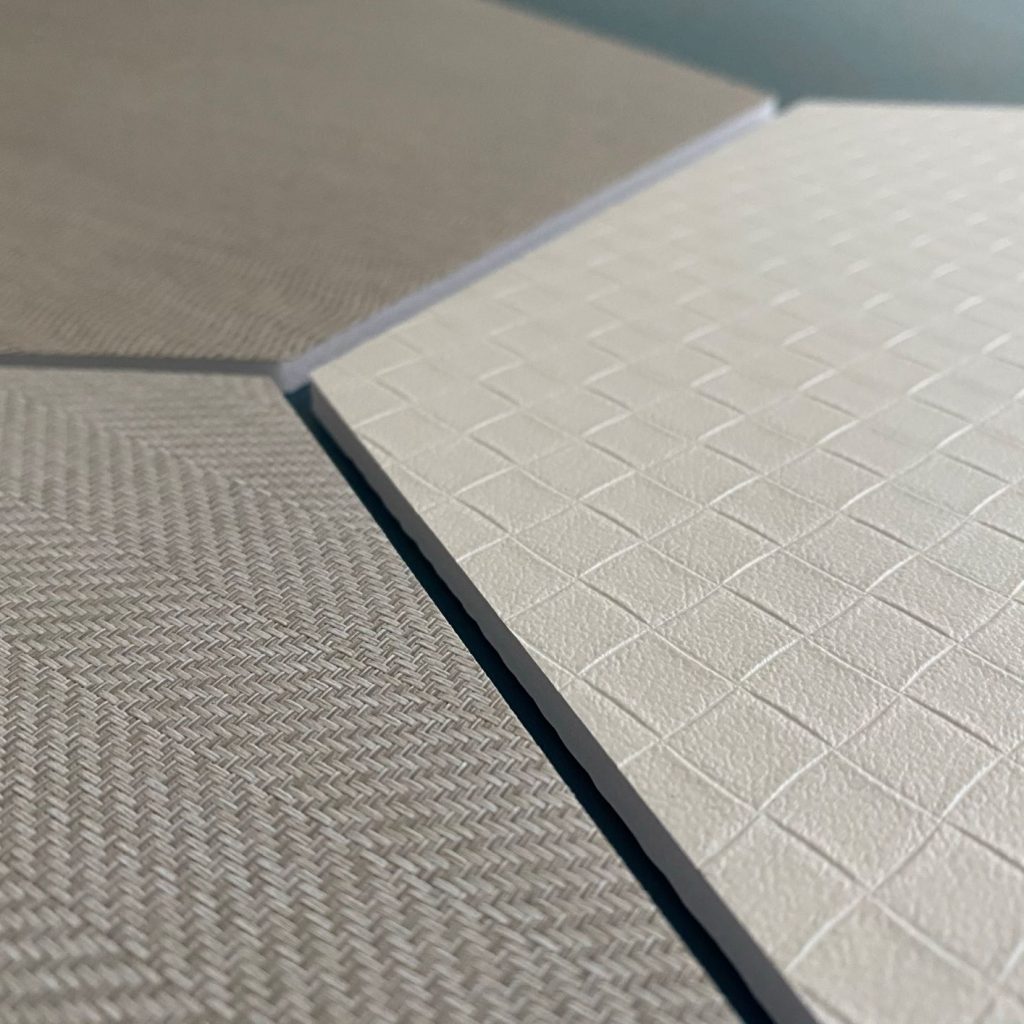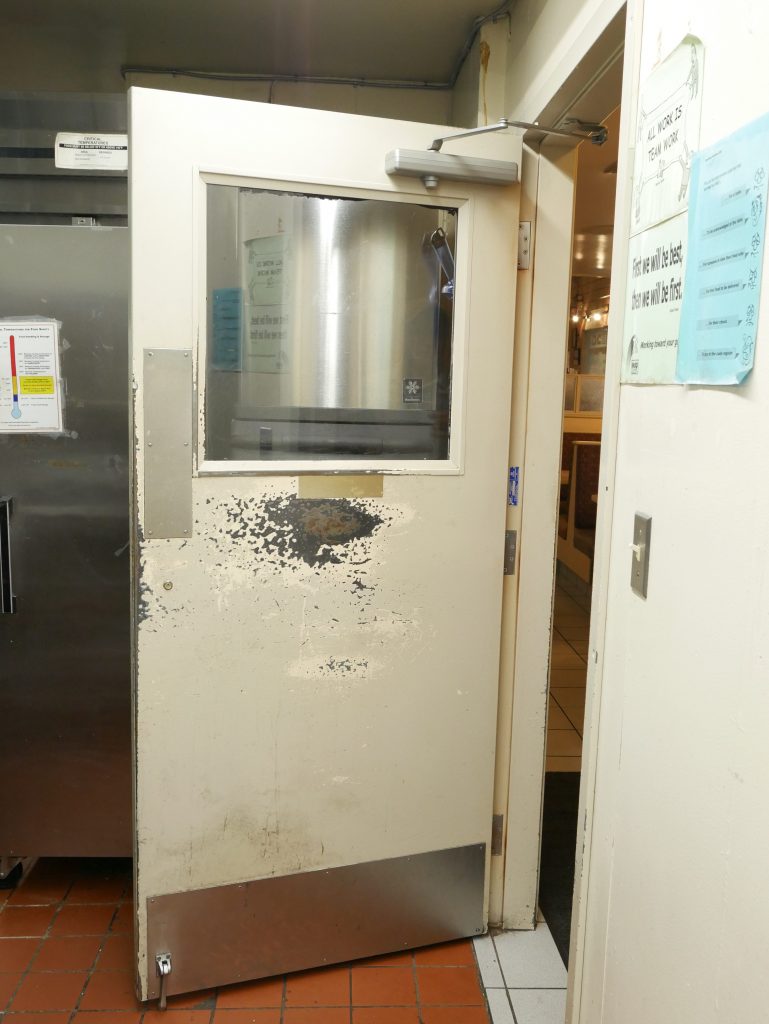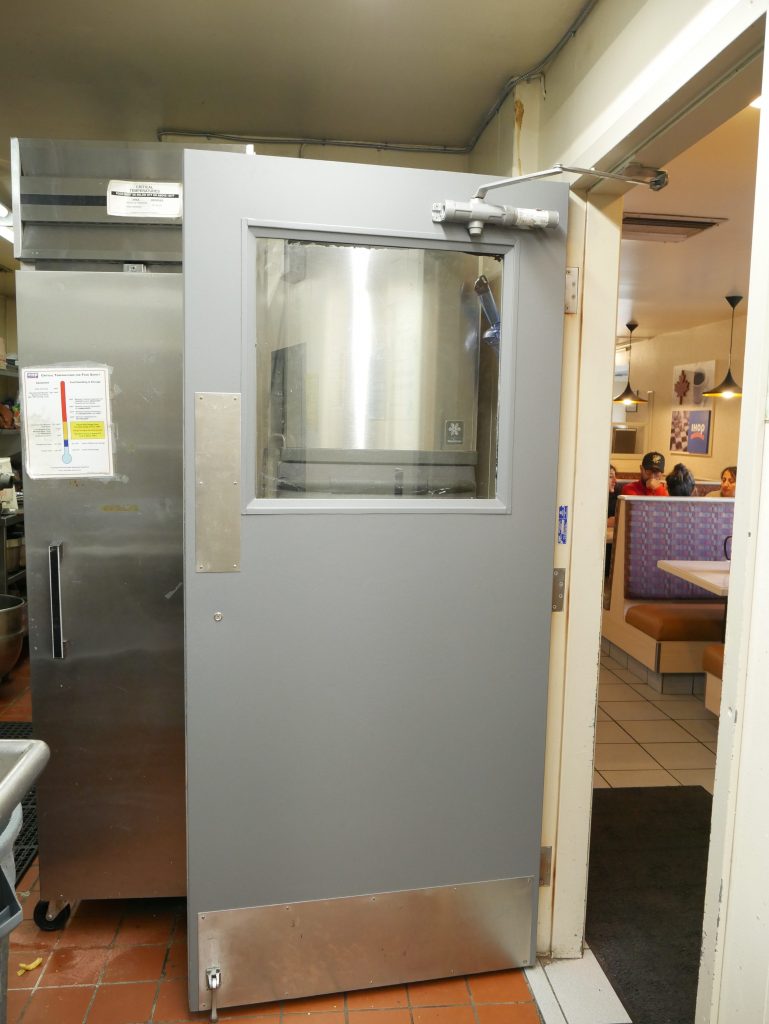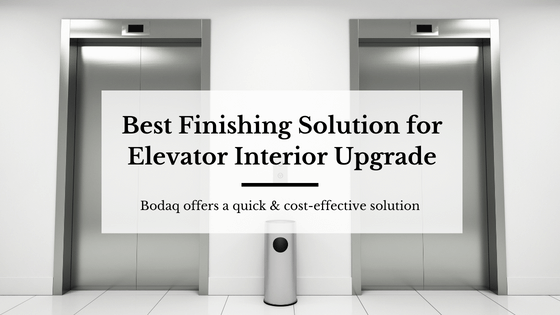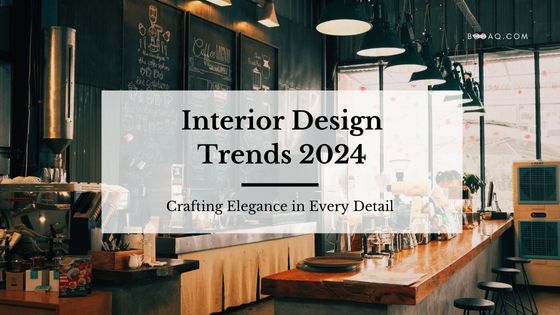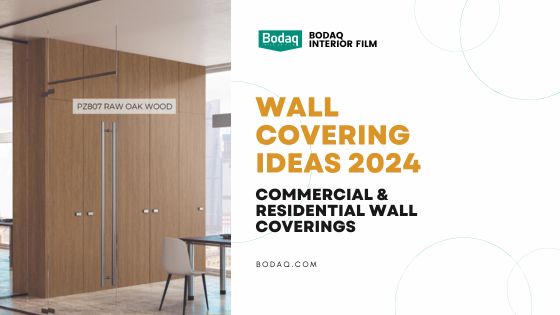Architectural Film Benefits for General Contractors | Renovation Materials
Table of Contents
Bodaq Interior Film In General Contractor’s Work.
General contractors, or professional renovators, strive to achieve several goals: fulfill client’s interior and exterior desires, ensure the project fits the time and budget constraints, and provide all necessary workforce (architects, plumbers, etc.) on the site. We do not know every nuance of general contractor’s work – how to estimate mark-ups or find subcontractors. But we know that architectural film is getting more and more praise from GCs. Architectural film, also known as interior vinyl film, is already popular among interior designers due to its outstanding quality-to-price ratio. Here is a breakdown of architectural film benefits for general contractors and how they can use this material, based on our experience in the renovation industry.
Budget Concerns.
A concrete example is always more convincing than vague explanations. Two pictures below show a project where a GC needed to build customized wall panels: the client wanted wood and grey matte. The general contractor had an option to order custom decorative panels from subcontractors, and they quoted slightly above $2,000 for each wall. Instead, the GC decided to choose architectural film – install plywood panels and wrap them. As a result, the cost was only $900 and $1,100 for oak wood and grey matte, respectively. If you think the lower price compromised the quality, look at a panel close-up. Differences from natural wood are indistinguishable for the client.
Note that black stripes were also wrapped with the film.
General contractors usually save 30-70% of an original cost when they use architectural film as a material. It is often reasonable to purchase basic materials, like MDF panels or plain kitchen cabinets doors, and then wrap them with vinyl. It will help achieve the same final result but at a lesser cost.
Unlimited Design Possibilities.
Vinyl is a refinishing material with an adhesive on its backing, so it applies virtually to any solid surface. To lay a building foundation, you need to use concrete; to turn surface finishing into another material, you should use Bodaq film. There are more than 450 patterns of different textures and colors (browse our catalog). Among them are marble, wood, stone, solids, metal, and more. Tactile sensation is identical to natural materials. You’ve seen wood grains in the picture above, and leather patterns are no different – they imitate original materials.
Customized projects are often hard to execute. Whether it’s a residential project with custom kitchen furniture or a commercial one where a client wants, for example, a brushed silver column, the architectural film makes it easy. It provides your client with more options and saves your time.
Quality and Durability.
Bodaq interior film is fire and smoke-rated, moisture resistant, non-toxic, phthalate-free, and safe to apply and exploit.
Additionally, the architectural film is a durable solution suitable for high-traffic areas, for instance, restaurants and shopping malls.
The refinished surface maintains its original appeal for more than ten years. We conducted some damage tests in a home environment. Look at the picture below for an example of vinyl application in commercial settings.
Less Waste.
Besides film paperback and a few inches of vinyl leftovers, there is no waste on the site when you use architectural film. Film application is quiet and easy and can be conducted simultaneously with other on-site activities without interruption.
Architectural Film Benefits.
The architectural film does not substitute original materials: the general contractor still had to purchase plywood panels in the example above. However, it is a refinishing material that benefits people in the renovation industry, including GCs, because it provides design versatility, high quality, durability, and saves time and money. In most cases, it is an ultimate solution that meets the requirements of general contractors and customers’ demands at the same time.
Read about architectural film qualities, browse partnership opportunities with Bodaq, or learn about emerging business opportunities on our blog.



